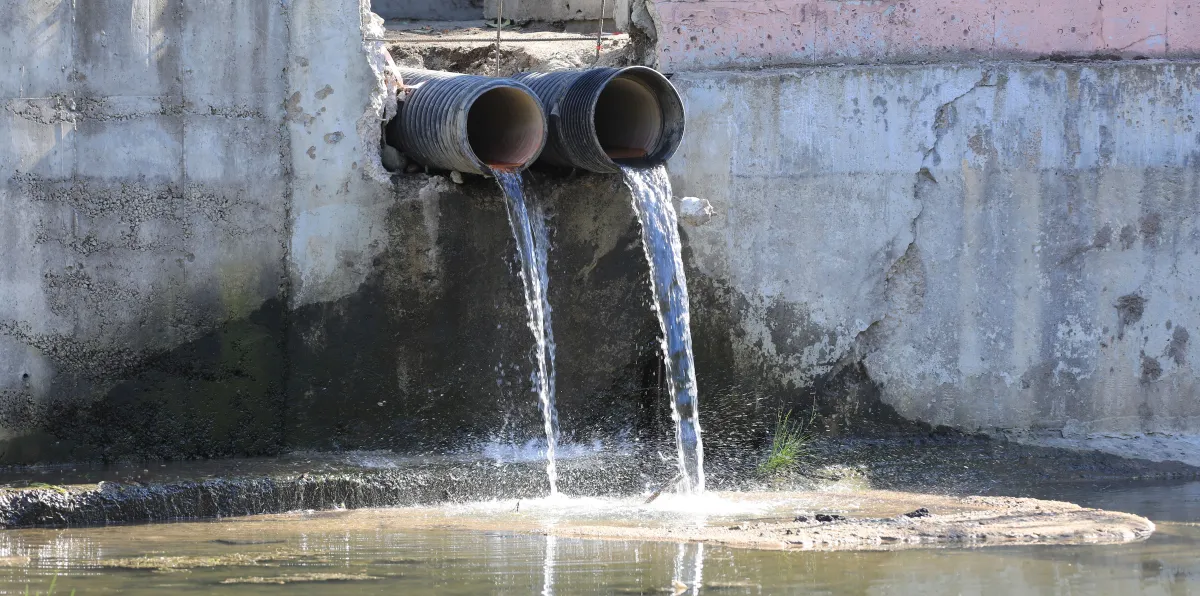
Desalination of fresh water is one of the nation’s key strategies for resolving water shortage issues, particularly in key economic zones, such as industrial estates and tourist destinations.
The government, through the Ministry of Natural Resources and Environment, has issued a notification establishing standards for controlling sewage discharge from establishments in order to reduce environmental impacts and raise standards for controlling wastewater discharge from establishments pertaining to desalination of seawater. Regarding the production of fresh water from the sea, the regulation does not have an impact on the environment, reduces water shortage issues, and reduces conflicts in the use of water resources between industry, agriculture, and communities, as announced in the Royal Gazette and effective as of 21 March 2018.
As for the standard set by the Pollution Control Department, a facility that provides water for water purification or distributes water to buildings or specific industrial plants that use seawater as a raw material in the production process and discharge wastewater into the sea is considered a water purification facility. The following measures reduce environmental impacts of wastewater drainage and treatment:
1. The velocity of water in the pumped area for production shall not exceed 0.1 meter per second, and a device to prevent aquatic animals larger than 9.5 millimeters from entering the system must be installed to avoid impacts on small sea creatures;
2. Acidic and alkaline values ranging from 6 to 8.5, sinking solids not exceeding 2 ml per liter, turbidity not exceeding 100 NTU, free chlorine not exceeding 0.1 mg/l, and TKN not exceeding 10 mg/l are the standard values for effluent discharge from seawater desalination plants;
3. Pipeline drainage into the sea necessitates a mixing area of 100 meters radius in all directions around the discharge point. The water quality at the mixing area’s edges must be in accordance with natural conditions or with the seawater quality standards set in that area;
4. The discharge of effluent into the central wastewater treatment system is combined with other types of industrial wastewater;
5. Desiccation ponds are used for wastewater treatment by dry evaporation without draining the water.
3. Pipeline drainage into the sea necessitates a mixing area of 100 meters radius in all directions around the discharge point. The water quality at the mixing area’s edges must be in accordance with natural conditions or with the seawater quality standards set in that area.
4. The discharge of effluent to the central wastewater treatment system is combined with other types of industrial wastewater.
5. Desiccation ponds are used for waste water treatment by dry evaporation without draining the water.